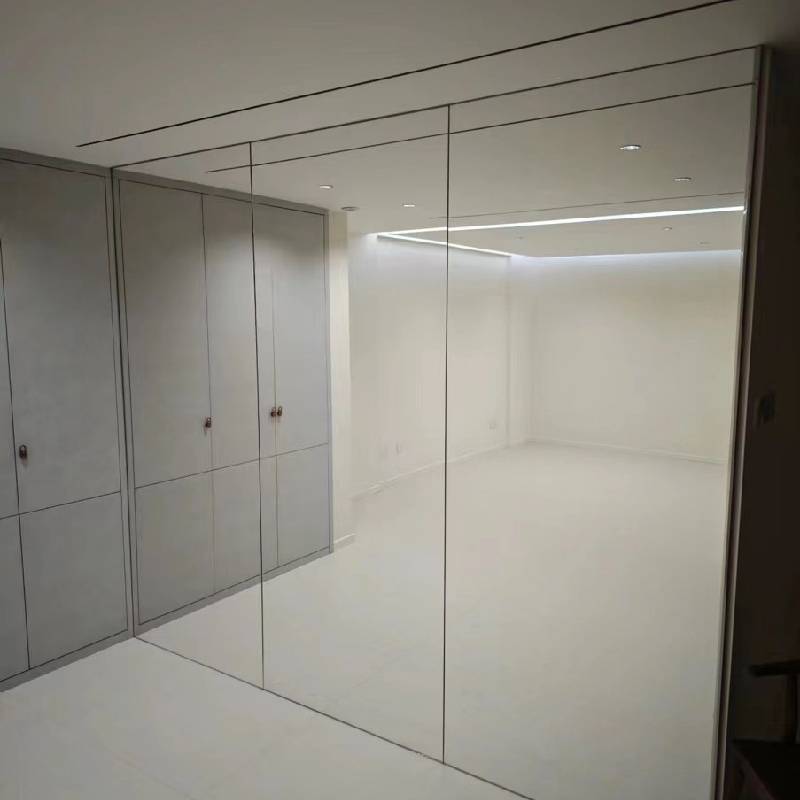

Types of Tinted Glass Enhancing Aesthetics and Functionality
Tinted glass has become increasingly popular in both residential and commercial applications, serving not just aesthetic purposes but also enhancing the functionality of buildings. Various types of tinted glass are available, each designed to meet specific needs, such as reducing glare, increasing privacy, and providing UV protection. This article explores the different types of tinted glass and their respective benefits.
1. Solar Control Glass
One of the most common types of tinted glass is solar control glass, which is specifically designed to minimize solar heat gain. This type of glass is coated with a special film or treated using a process that allows it to reflect a significant amount of solar radiation while still allowing natural light to enter. Solar control glass can help reduce energy costs by maintaining a more consistent indoor temperature, making it an excellent choice for large commercial buildings with extensive glass facades.
2
. Reflective GlassReflective glass is another popular option, characterized by its mirror-like finish on one side that reflects light and heat. This type of glass is ideal for high-rise buildings, where the reflective surface can help control glare and reduce heat absorption. Reflective glass provides privacy by preventing people from seeing inside during the day while allowing ample natural light. However, it is important to note that its reflective properties may cause glare for buildings located nearby, so careful consideration must be given to its placement.
3. Low-E Glass
Low-emissivity (Low-E) glass is designed to minimize the amount of ultraviolet (UV) and infrared light that passes through the glass without compromising the amount of visible light. This type of tinted glass contains a micro-thin coating that reflects heat back to its source, keeping interiors cooler in the summer and warmer in the winter. Low-E glass is particularly beneficial in climates with extreme temperature fluctuations, as it enhances energy efficiency and helps reduce heating and cooling costs.

4. Colored Glass
Colored glass, as the name suggests, is tinted in various colors either during the manufacturing process or through the application of films. This type of glass can serve various aesthetic purposes, offering numerous design possibilities for architects and designers. Colored glass can enhance the aesthetic appeal of a building while also providing some degree of glare reduction and UV protection. The level of tint can vary significantly, ranging from light hues that minimally affect natural light to dark shades that significantly darken interiors.
5. Frosted Glass
Frosted glass is produced by sandblasting or acid etching, creating a translucent surface that diffuses light beautifully while providing privacy. This type of tinted glass is popular for bathrooms, offices, and conference rooms, where privacy is a concern. While it may not significantly reduce heat or glare, frosted glass can enhance the overall ambiance of a space and add a touch of elegance to interior designs.
6. Privacy Glass
Privacy glass, sometimes referred to as switchable glass, can change its opacity at the touch of a button. It can switch from transparent to opaque, offering flexibility in privacy management. This innovative technology is particularly useful in commercial settings, such as conference rooms and hospitals, where instant privacy can be required. It combines functionality with modern technology, making it a unique choice for contemporary buildings.
Conclusion
In summary, tinted glass exists in various forms, each designed for specific purposes, whether for aesthetics, energy efficiency, privacy, or glare reduction. As architecture continues to evolve and the focus on sustainability becomes more pronounced, the demand for tinted glass is likely to increase. Choosing the right type of tinted glass can significantly affect both the functionality and appearance of a building, making it an essential consideration for any construction or renovation project. Whether for a residential home or a commercial skyscraper, tinted glass provides a perfect blend of style and practicality.